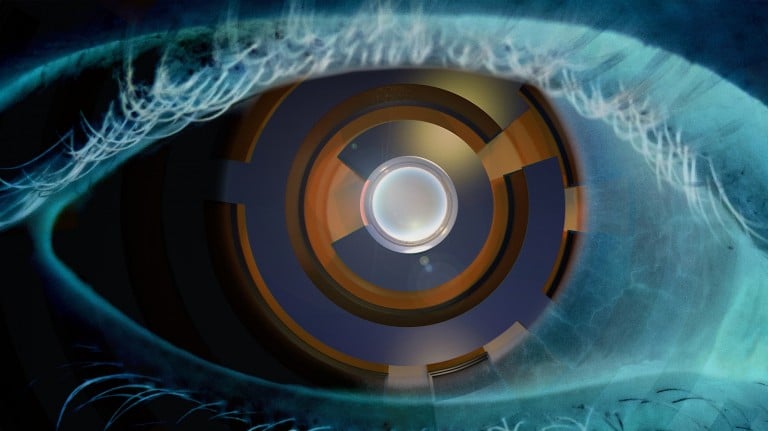MIT Technology Review March 4, 2020
Visual information is captured by a frame-based camera, converted into a digital format and processed afterwards using a machine-learning algorithm such as an artificial neural network (ANN). The large amount of data passed through the entire signal chain, however, results in low frame rates and high-power consumption. Researchers in Austria built a sensor based on a reconfigurable two-dimensional semiconductor photodiode array, and the synaptic weights of the network are stored in a continuously tunable photoresponsivity matrix. The sensor can itself constitute an ANN that can simultaneously sense and process optical images without latency. They demonstrated both supervised and unsupervised learning and trained the sensor to classify and encode images that are optically projected onto the chip with a throughput of 20 million bits per second. The new sensor is another step on the path to moving more AI into hardware, making it quicker and more efficient…read more. TECHNICAL ARTICLE

Credit: The article